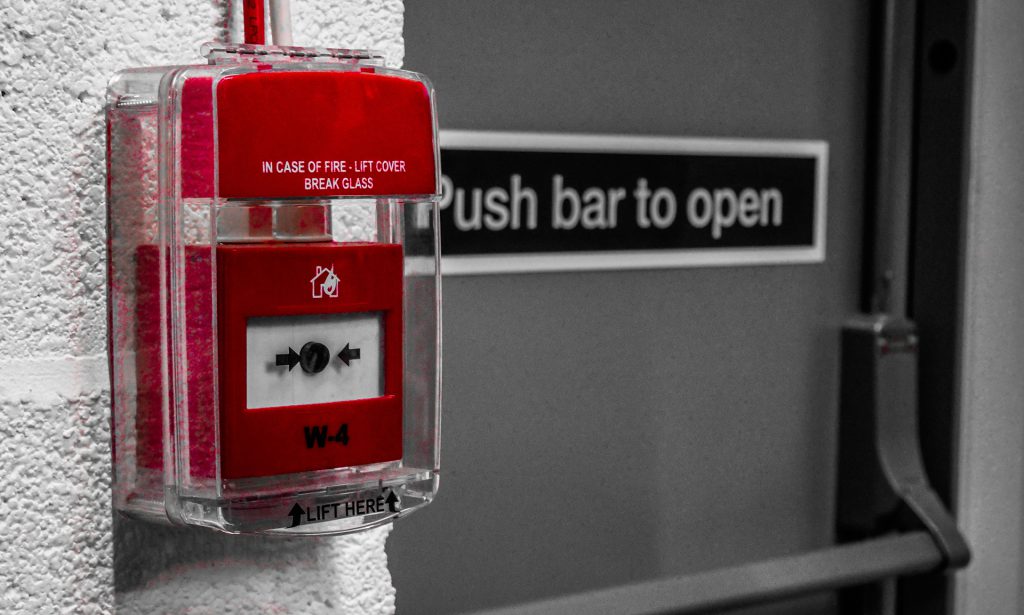
More than 2,200 manual call points were maliciously activated across England over twelve months during the height of the COVID-19 pandemic.
Despite a year of restrictions and lockdowns malicious false fire alarms fell by just 428 on the previous year, remaining at well over 2,000.
The latest Home Office figures reveal that there were a total of 2,226 false fire alarms caused by the “malicious activation [a] fire call point/alarm” in England for the year ending June 2021.
Accidental activations also remained a significant cause of false alarms; 12,221 false fire alarms were recorded due to the accidental and careless activation of life safety devices, including manual call points.
It would not have been unreasonable to anticipate that with online learning, working from home, and limits on social contact, false fire alarm numbers would have fallen significantly during the pandemic.
As schools, offices, and shops saw reduced attendance and footfall, malicious false fire alarms survived – An unfortunate reminder of their persistence and reinforcing the need for a strong deterrent.
At a time when it is important to avoid the unnecessary crowded corridors and large gatherings at assembly points that follow a false alarm evacuation, it has become even more pertinent to eradicate the causes of false alarms.
Continuing to be the largest incident type, false fire alarms accounted for 40 per cent of the incidents attended by Fire and Rescue Services in England for the period – fires accounted for just 28 per cent.
With similar figures reflected across the UK, over £1 billion is lost every year due to false alarms. To recoup this cost the London Fire Brigade became the first fire service in the country to recover costs from buildings like hospitals, airports and student halls with a poor false alarm record.
As recommended in BS 5839-1:2017 manual call points can be fitted with a protective cover to prevent false fire alarms. The British Standard Institute recommends in section 20.2b, that: “All MCPs should be fitted with a protective cover, which is moved to gain access to the frangible element.
“It is now recommended that a protective cover is fitted to a Type A manual call point to help prevent false alarms.”
Following the introduction of the new recommendations in 2017, malicious false fire alarms have fallen by 26%, an indication to the effectiveness of protective covers, but every false alarm is still costly, contributing to dangerous alarm fatigue and heaping pressure on emergency services already stretched.
Alarm fatigue occurs when a person becomes desensitised to alarms due to repeated false alarms and as a result fails to react appropriately in an emergency, having potentially fatal effects.
Safety Technology International manufacture a range of protective covers, specifically designed to prevent false alarms whether accidental or malicious.
The STI story began in 1980 with a challenge by a school head teacher who wanted to stop their false fire alarms. Founder, Jack Taylor, used his expertise in security systems to invent the first and original Stopper® polycarbonate protective cover. From integral covers to outdoor and sounder models; there are variations to suit all applications.
The tamper-proof polycarbonate covers ensure call points are protected without restricting legitimate use in a real emergency, a combination of warning alarm, flashing beacon, and break seal act as a deterrent against malicious activation.
Tweet Share